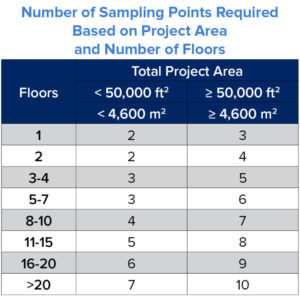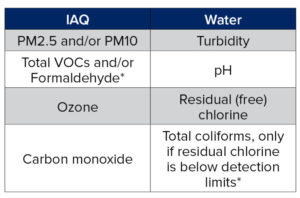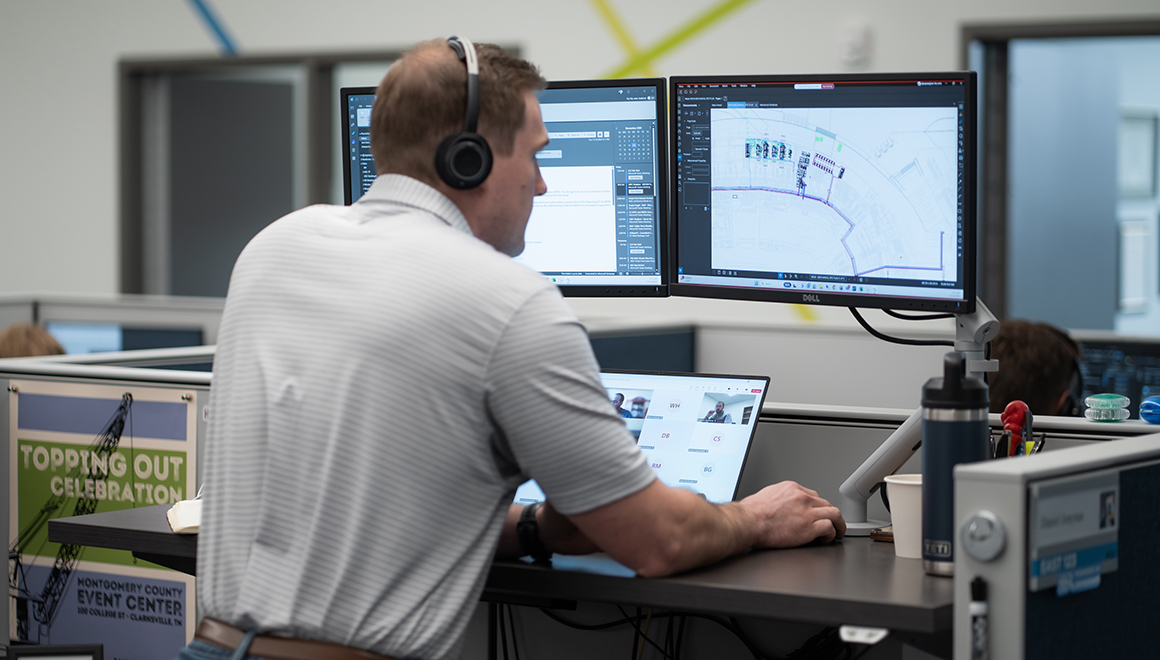SSR WELL Health-Safety Rating Journey: Air & Water Quality-Maintenance
This post is a continuation of our discussion on improving indoor air quality (IAQ) and water quality for projects pursuing the WELL Health-Safety Rating. The last post highlighted Features that required some technical expertise. The remaining Features in the Air and Water Quality Management category require regular maintenance or monitoring throughout the year if pursued.
Each of the following features requires on-going data and/or maintenance reports be uploaded to WELL Online at least once throughout the year of the project’s achieved WELL Health-Safety Rating.
SA4 Monitor Air and Water Quality
This feature requires at least annual indoor air and water quality testing. This testing will provide projects with valuable information on current occupied conditions and whether additional remediation or treatment options may be desired to help improve performance. The testing locations are determined by the same sampling criteria outlined in the Performance Verification Guidebook.
For air testing, the project must be under regular occupied project conditions and the sampling points should represent the typical occupiable areas (e.g., at workstations, conference rooms) and typical seating/standing heights. When projects cover multiple floors, measurements should be distributed in the lowest and highest regularly occupied floors and others in between as needed based on the table outlined below.

For water testing, test locations for at least 5% (with a maximum of four) of each drinking water configuration fixture (e.g., utility direct potable-lavatory sinks, filtered water fountain, filtered ice maker/water filler- each would be one configuration).
Projects are required to test for the following air pollutants and water parameters:
 * Require samples be sent off to a lab for analysis. All other measurements can be tested with direct measurement devices on-site.
* Require samples be sent off to a lab for analysis. All other measurements can be tested with direct measurement devices on-site.
SA5 Manage Mold and Moisture
Projects must implement a moisture management plan for building operations that includes:
- Periodic inspections for potential water damage or pooling within the building and on HVAC equipment
- Inspection protocol for assessment of any potential water pipe leaks
- System in place and communicated to building occupants on how to notify building management about mold or water damage
Results from the inspections must be submitted annually to WELL Online.
SSR’s Top Picks
Based on the requirements of the above features, SSR has worked with our multiple building landlords to achieve the Manage Mold and Moisture feature. Overall, SSR has gathered at least 12 points towards the minimum 15 required for certification.
Follow SSR’s Journey
During our next edition, our resident WELL Accredited Professional, Hannah Walter, will continue to dive into more detail about SSR’s pursued credits and the coordination and documentation required for each.
Debrief
Air & Water Quality – Maintenance
Air & Water Quality – Engineer Required
First Things First – How Much?
SSR Pursuing Well Health-Safety Rating
International WELL Building Institute, IWBI, the WELL Building Standard, WELL v2, WELL Certified, WELL AP, WELL Portfolio, WELL Portfolio Score, The WELL Conference, We Are WELL, the WELL Community Standard, WELL Health-Safety Rating, WELL Health-Safety Rated, WELL Workforce, WELL and others, and their related logos are trademarks or certification marks of International WELL Building Institute pbc in the United States and other countries.


